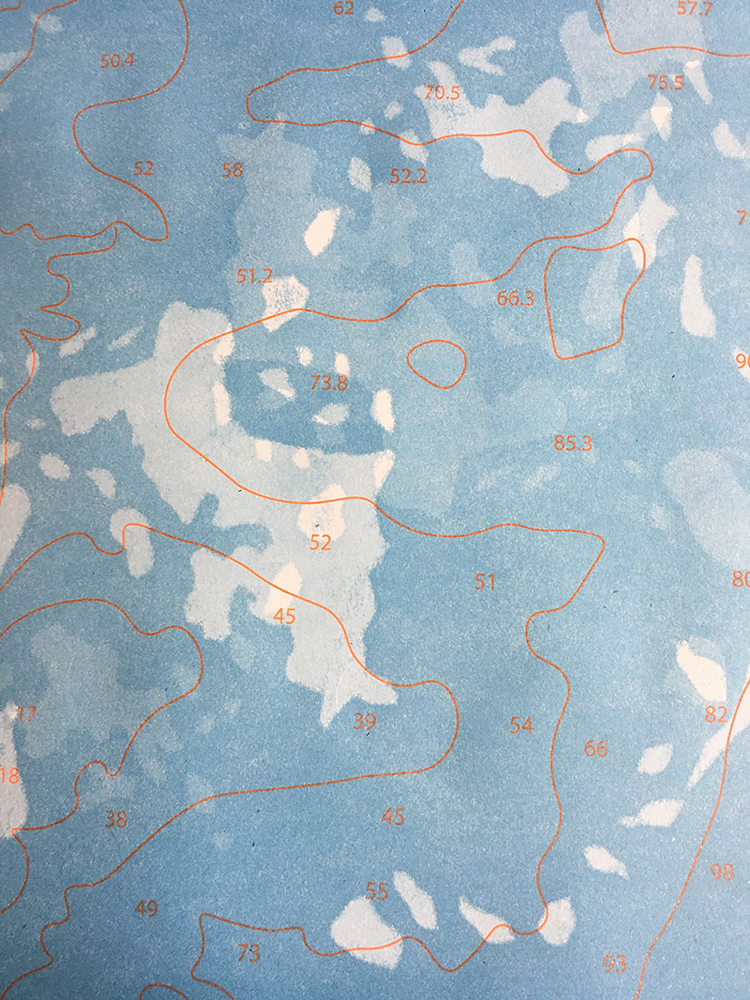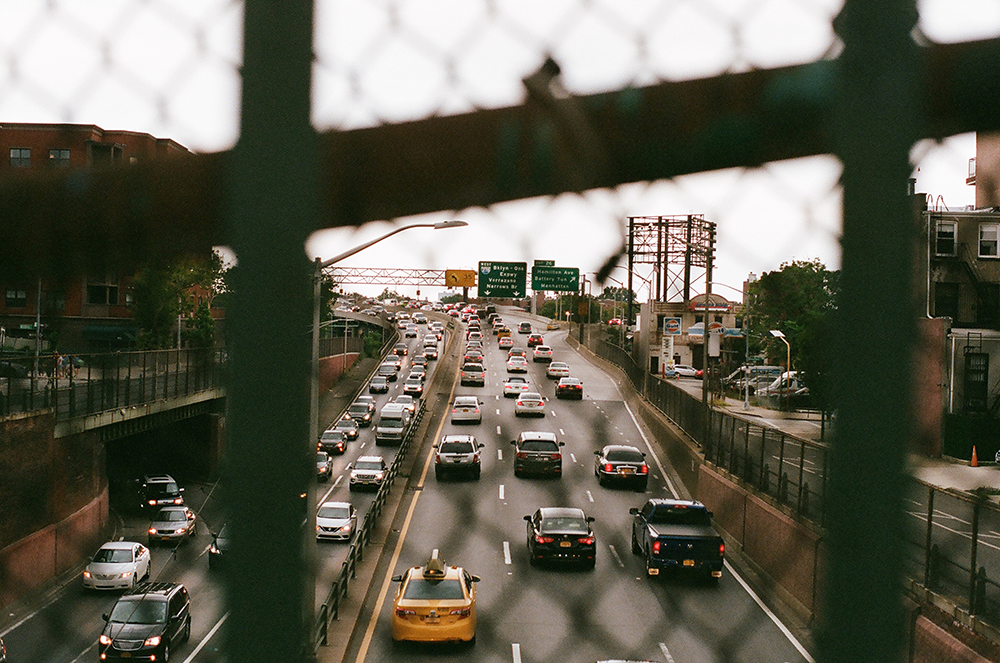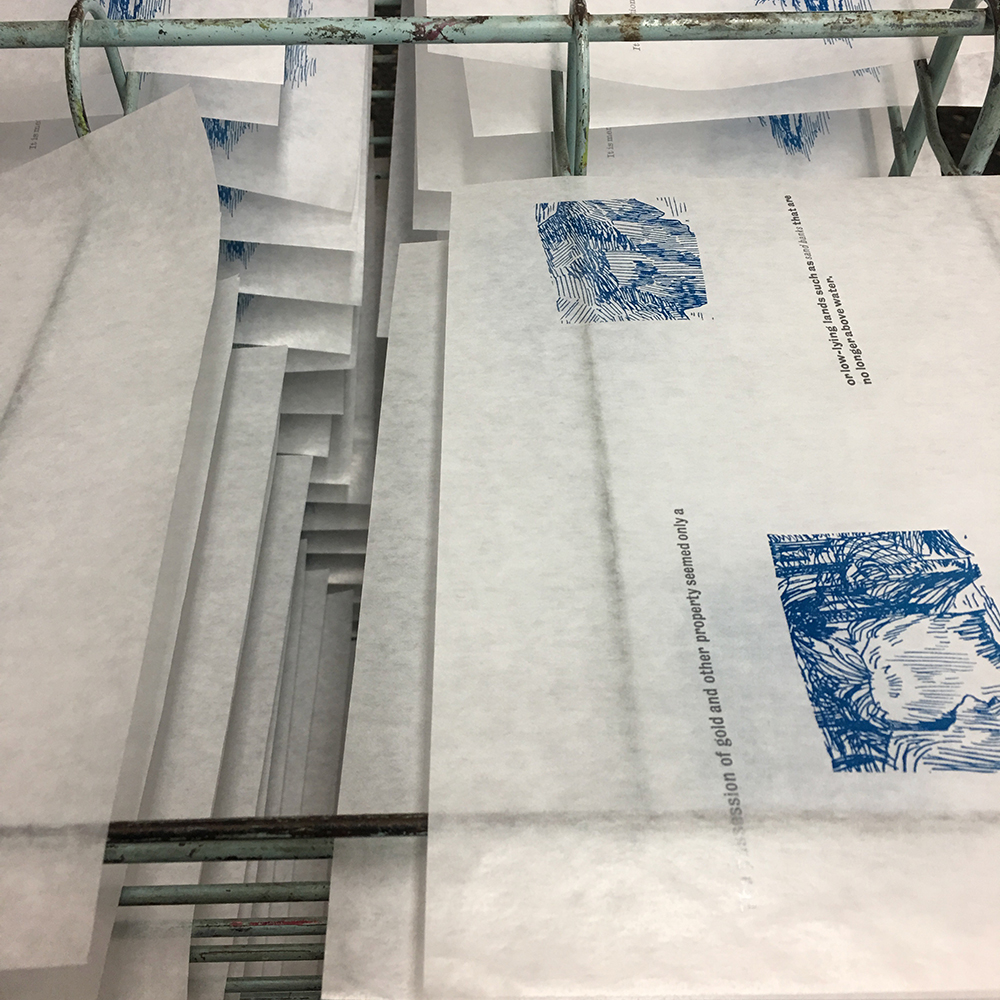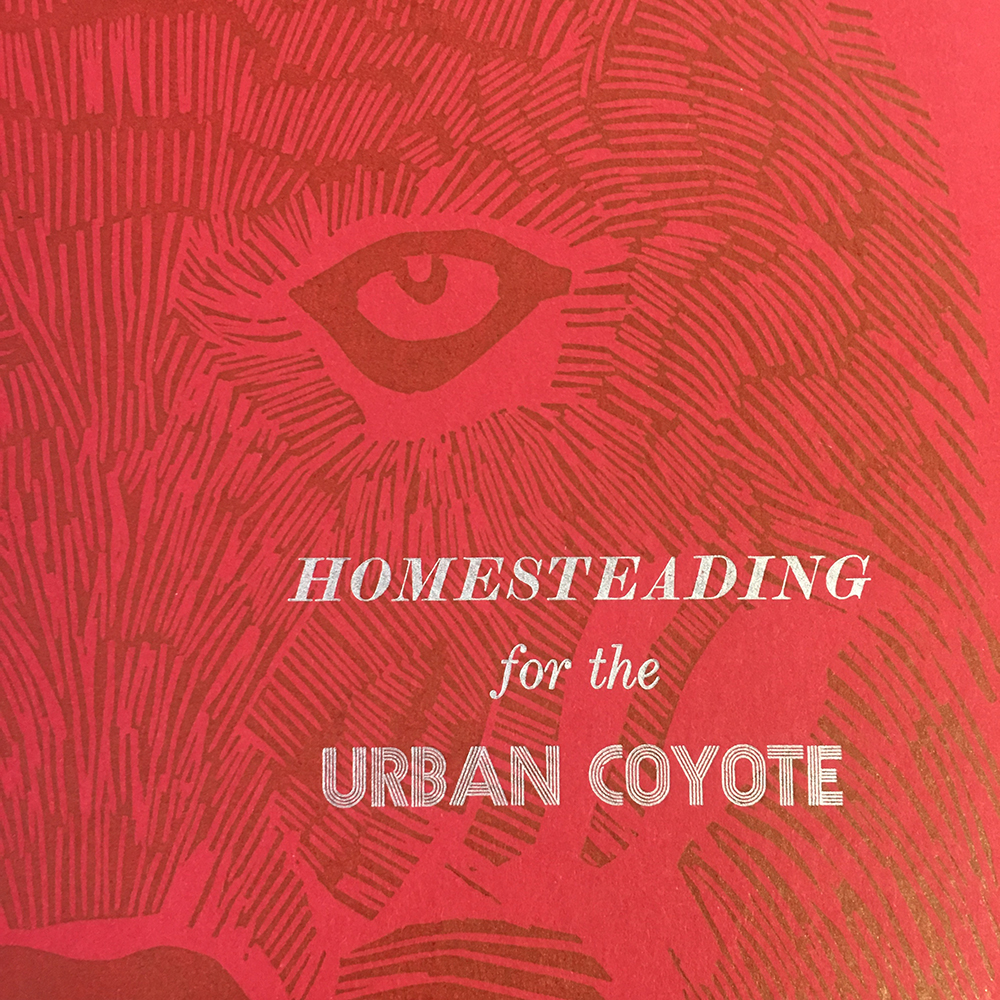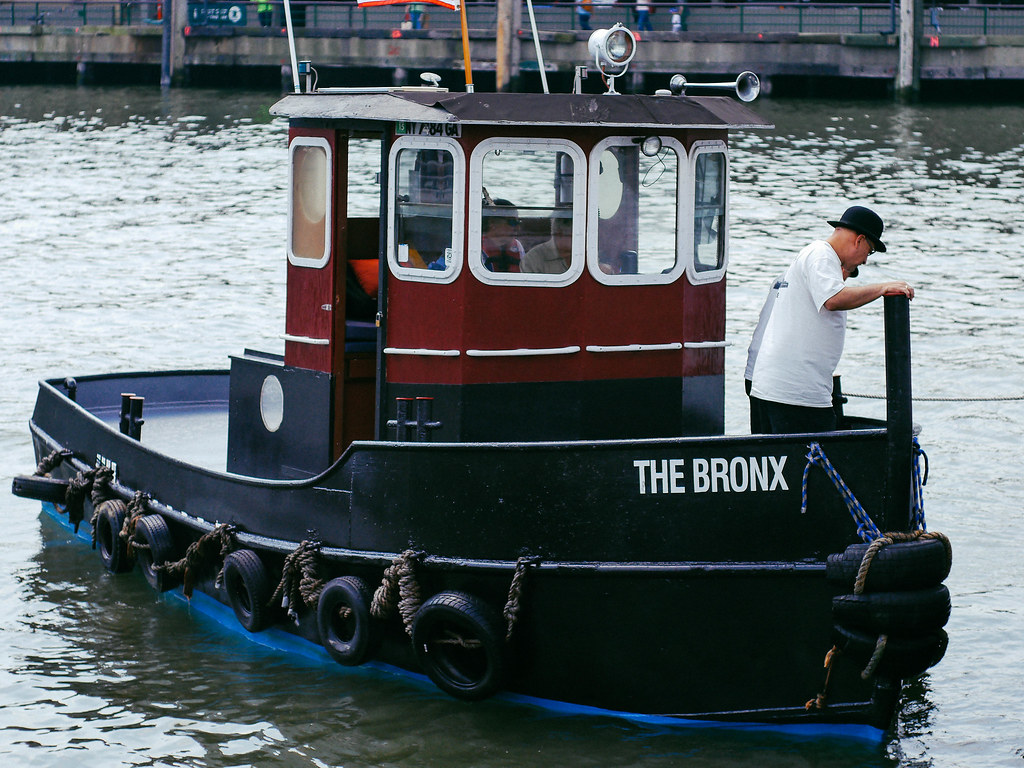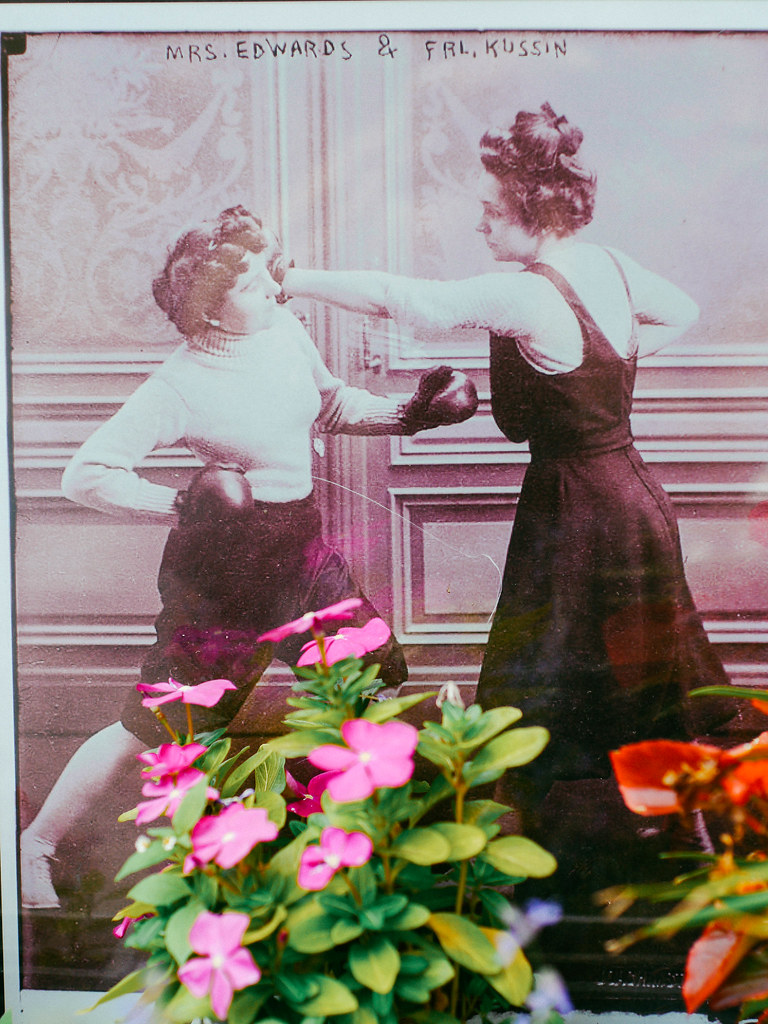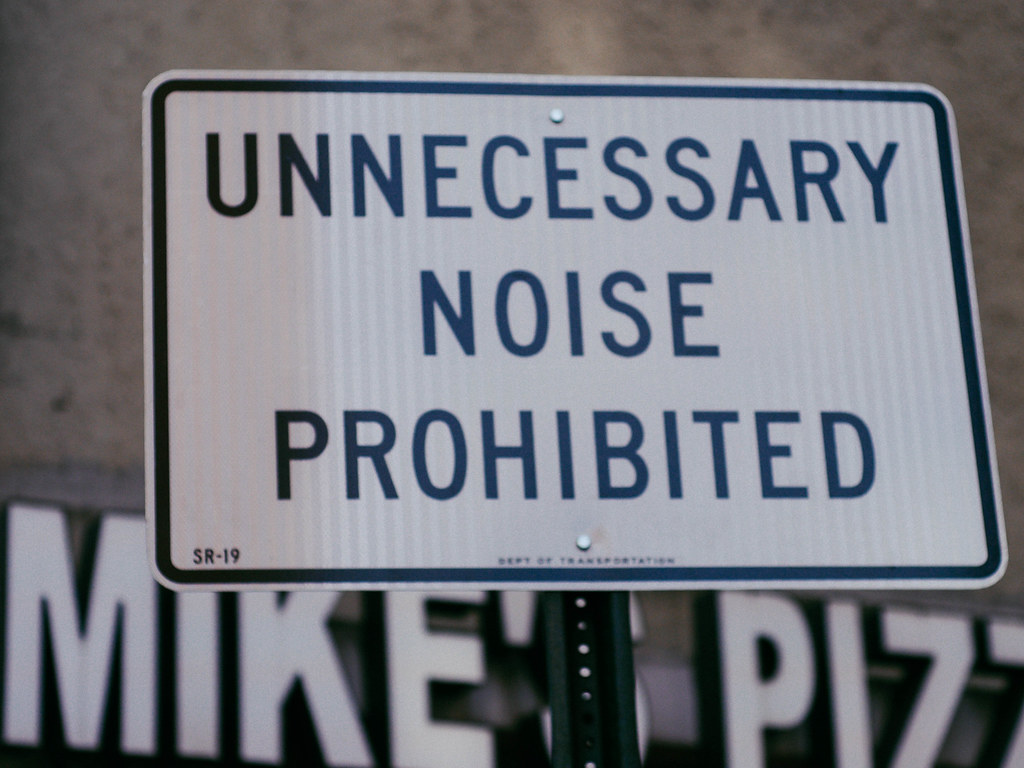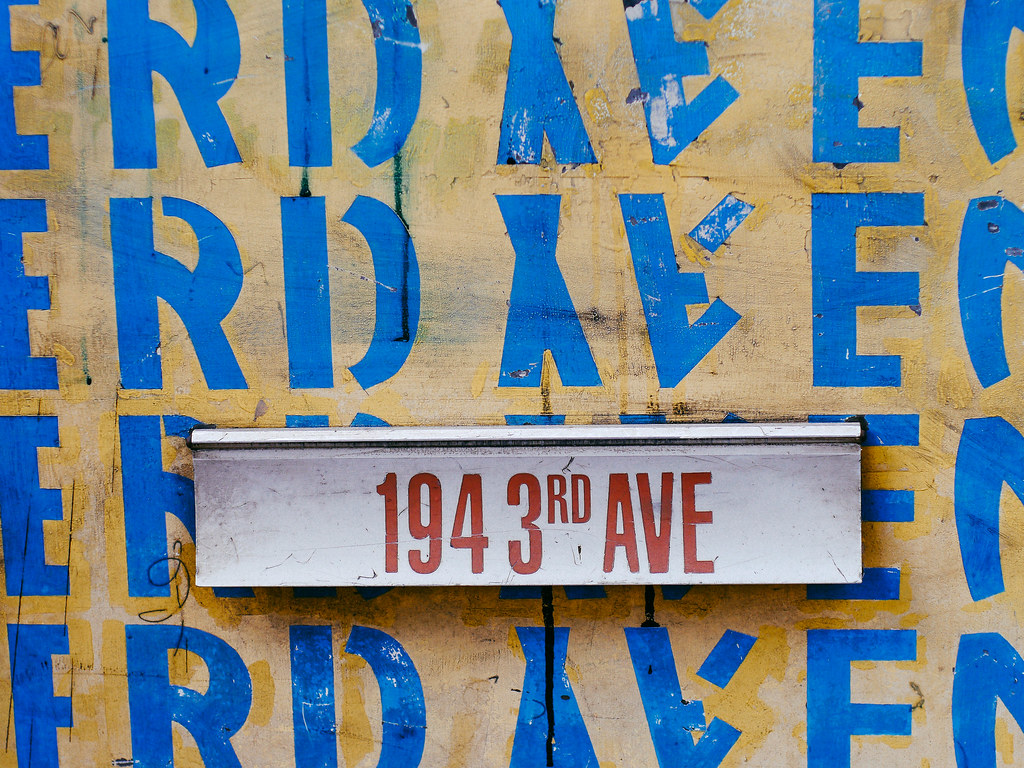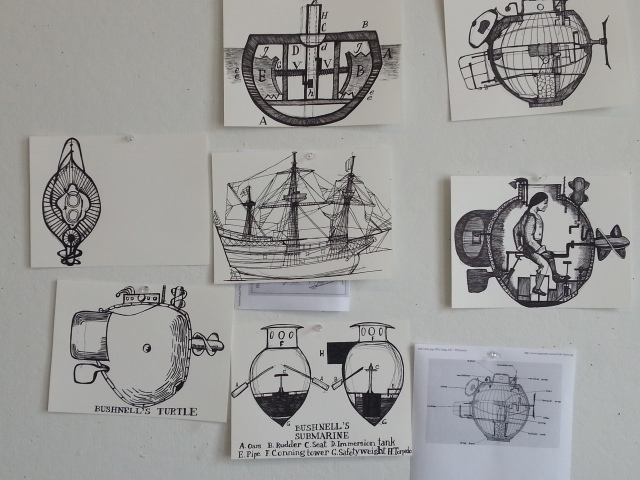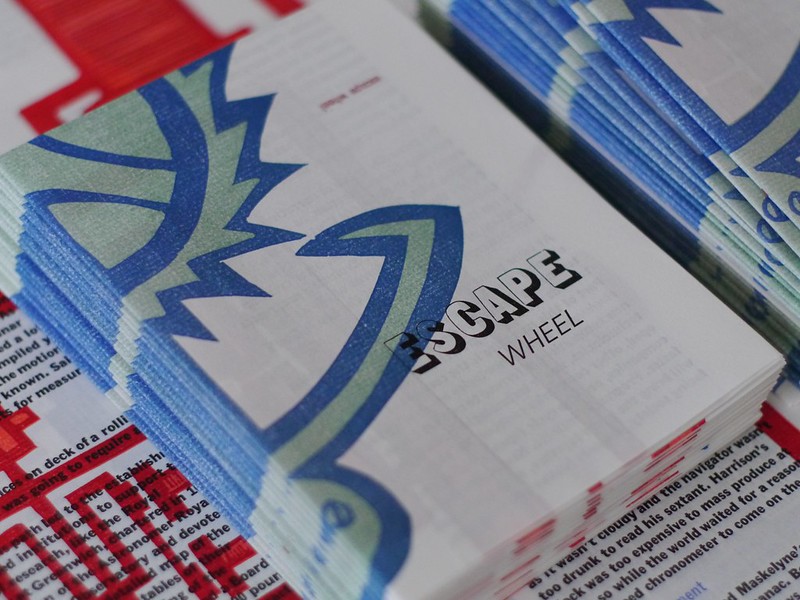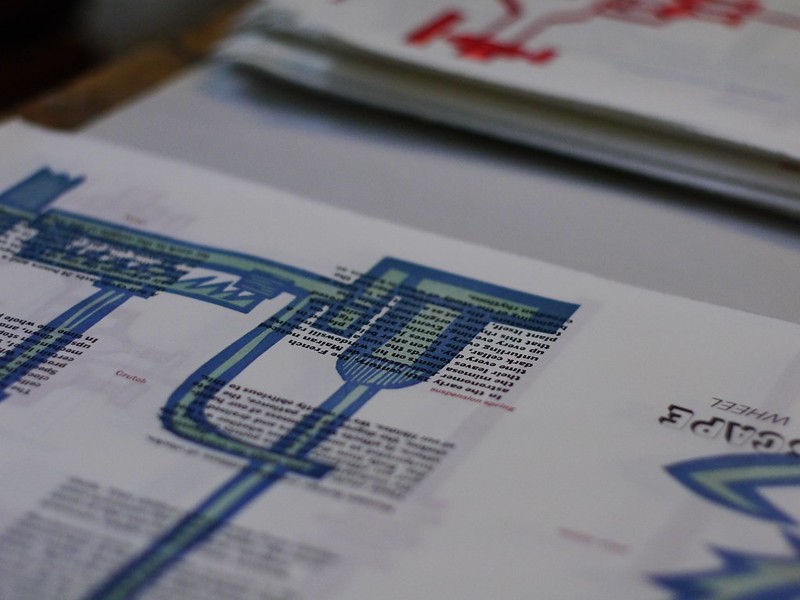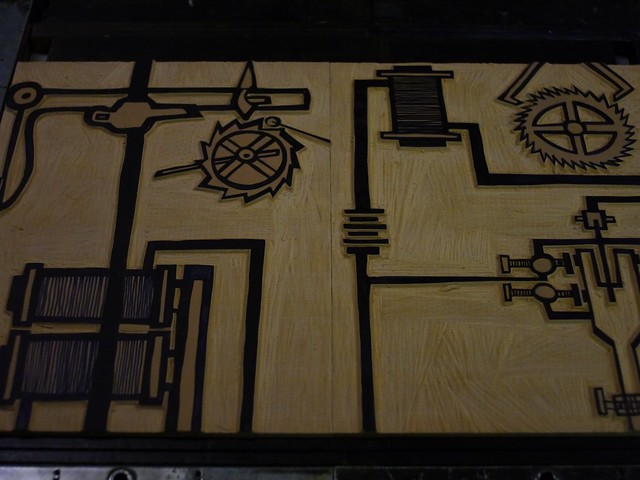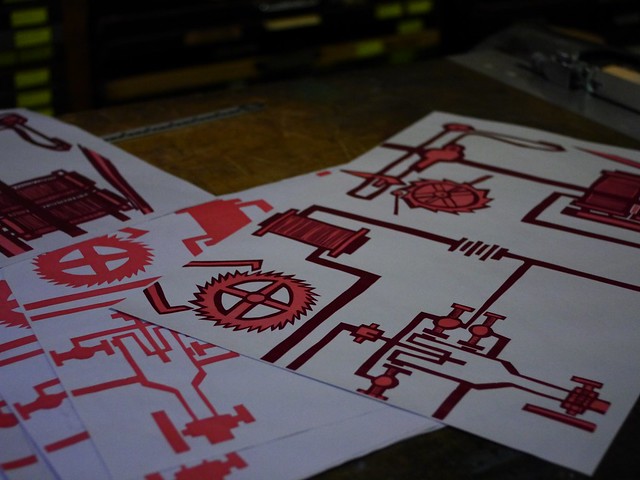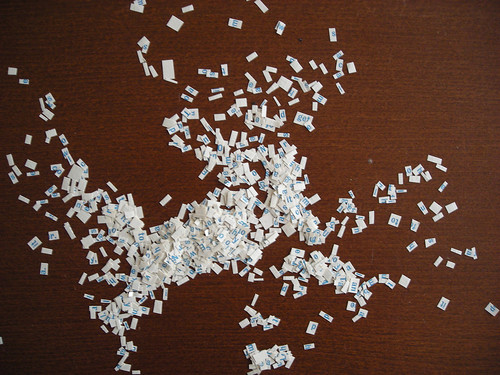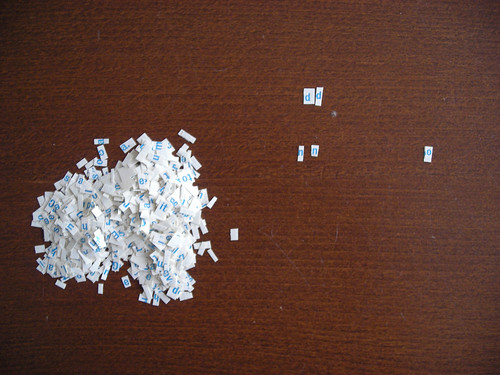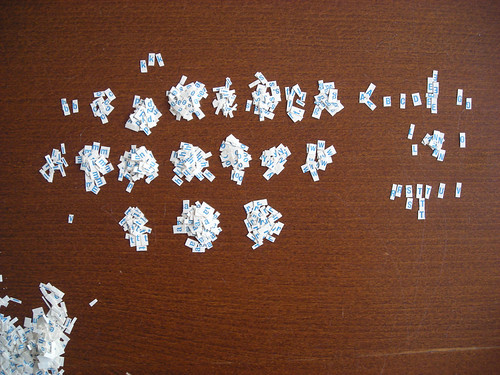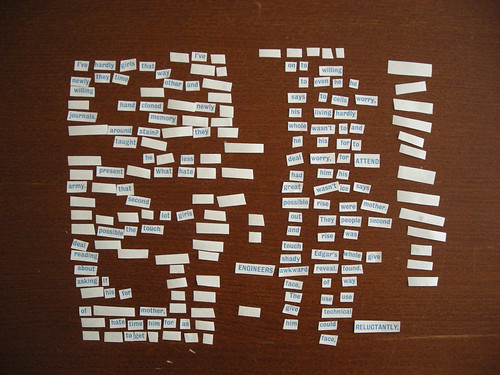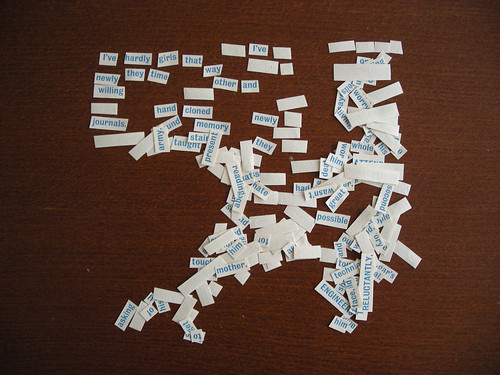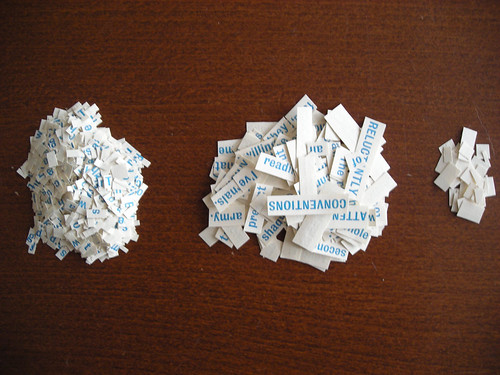Solastalgia
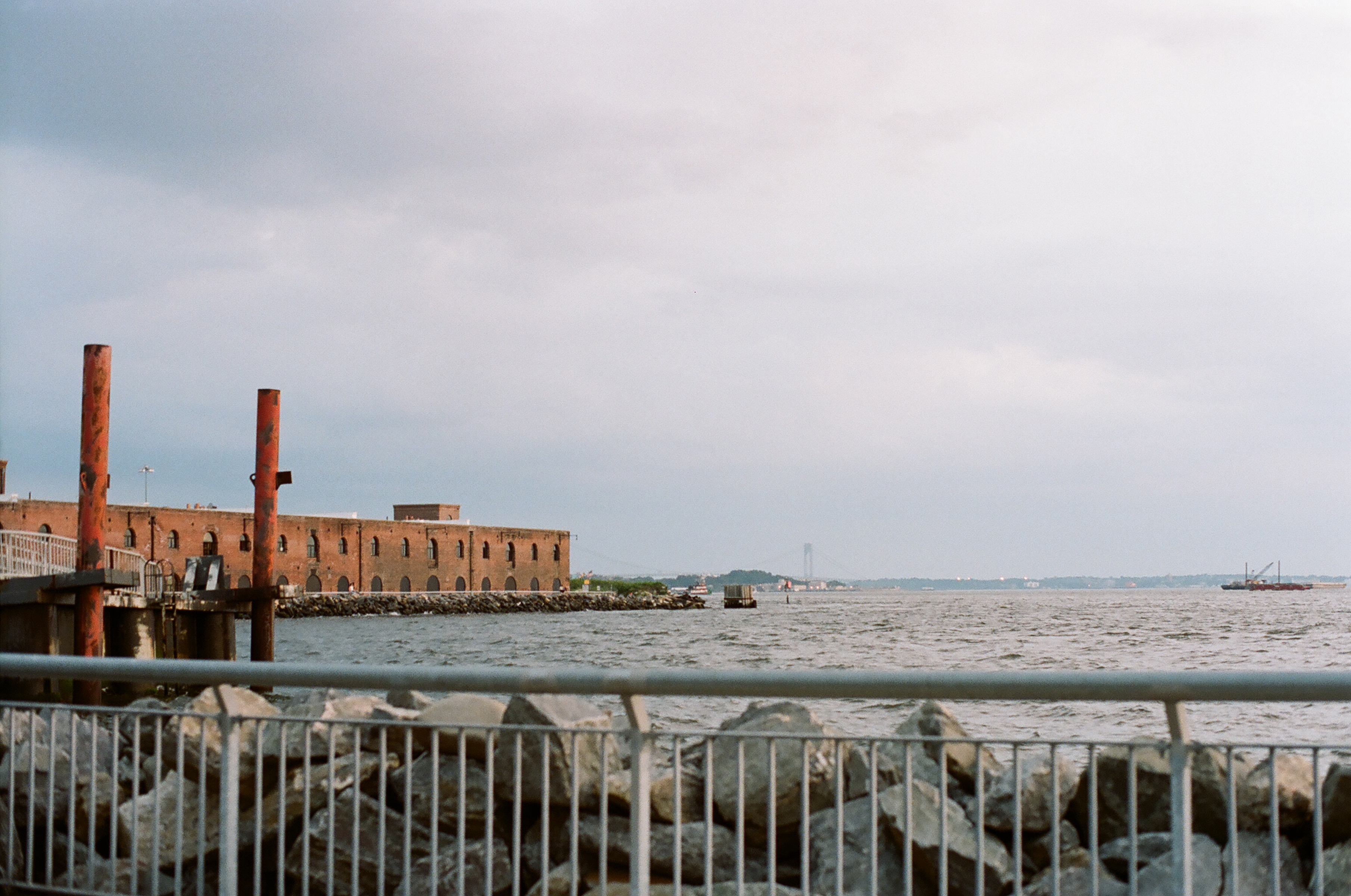
I finished printing a new book last month and am deep in the binding process. I thought I would write a few posts about the book and my research into disappearing islands.

Solastalgia is a word I came across in connection to climate change. It was originally coined by Australian environmental philosopher Glenn Albrecht to refer to the mental or existential distress caused by environmental change, originally in relation to places being decimated by the mining industry. The word is a portmanteau of solace and nostalgia, and is meant to reflect the anxiety produced when your sense of place is being violated, the sense that you’re losing your home while you are still at home.
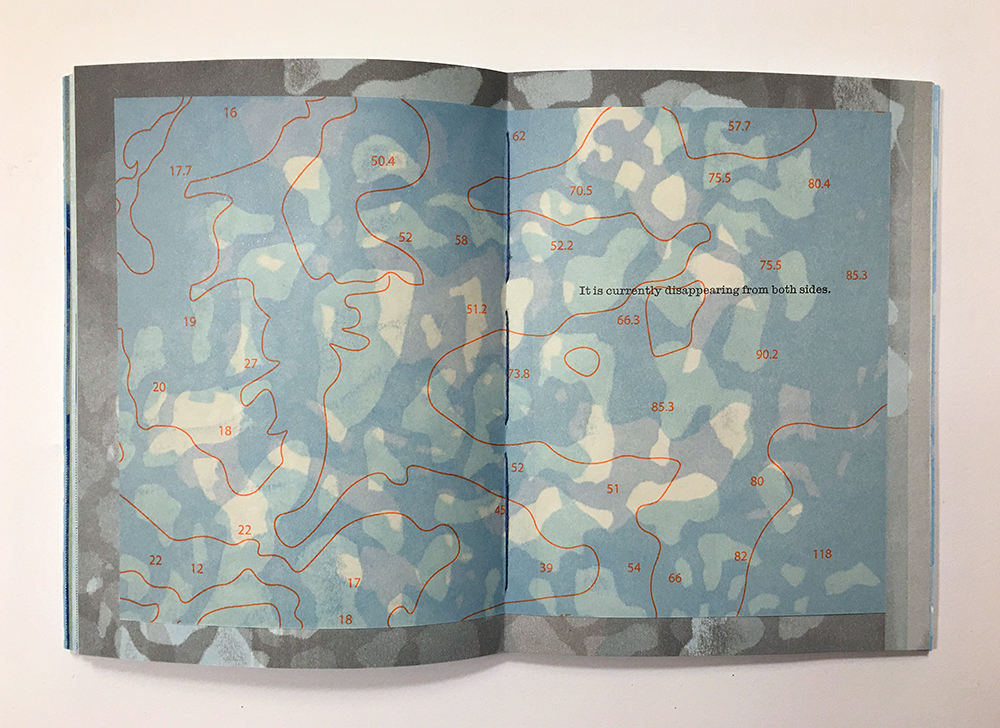
I wanted this book to encompass a few different things, and one of them was the sense of loss experienced while the world changes around you. Climate change is both slow-moving, in terms of the timescale of politics, and fast, in terms of the pace of landscapes and how they shift and degrade. One of my goals was to talk about groups of people experiencing the immediate effects of climate change right now, in the present, and the willful denial of their experience by people in positions of power. I also wanted to make tangible visual art out of a process that is often described as invisible (though I don’t think it is.) Similarly, tiny islands described as “the middle of nowhere” are often invisible, inaccessible, distant places we project fantasies onto; I wanted to make a book about what it is like to live there, and be a person from “the middle of nowhere”, because nowhere is somewhere for some people, many of whom are in the midst of being displaced now.
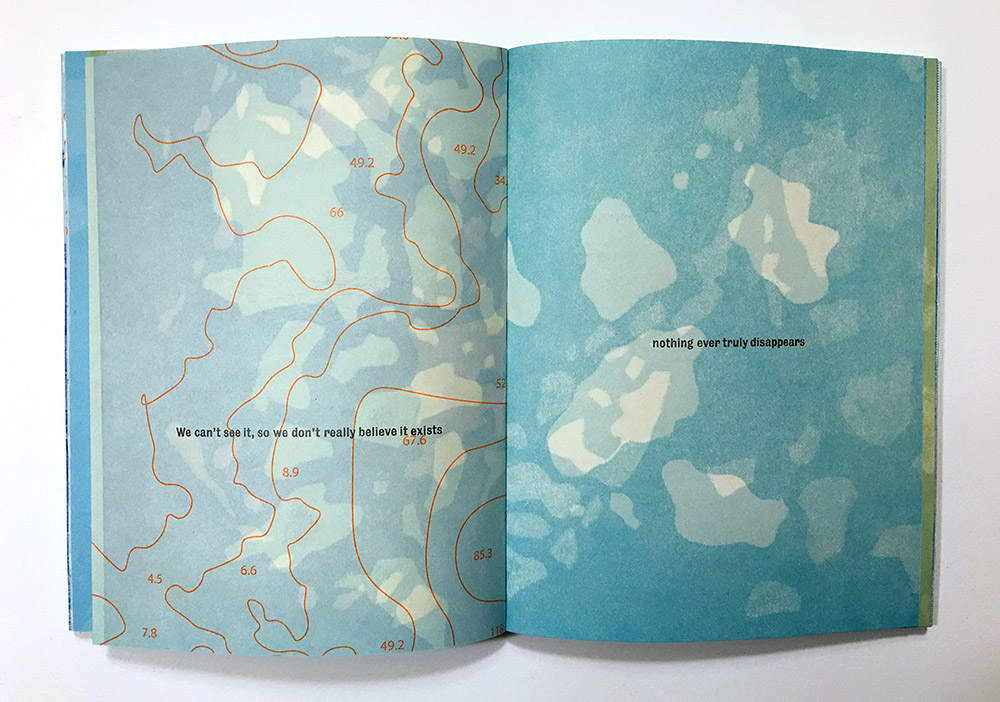
The word nostalgia is a trigger for me; I think as a letterpress printer it gets thrown around a lot, as an assumption that anything made using obsolete technology is by definition nostalgic. I think that I disagree with that. There are certainly lots of examples of fuzzy-headed sentimental letterpress work around, I can’t argue with that. But I think it’s possible to use a technique and visual language based in history as a way to tell a story that is rooted in history. And I think that history done well is the opposite of nostalgia. History in this book takes the forms of an account of the colonization and exploitation of Nauru, a tiny island in Micronesia, and the nuclear test bombing of the Marshall Islands. Sea level rise for islanders is only the most recent change in a series of events in their landscape.
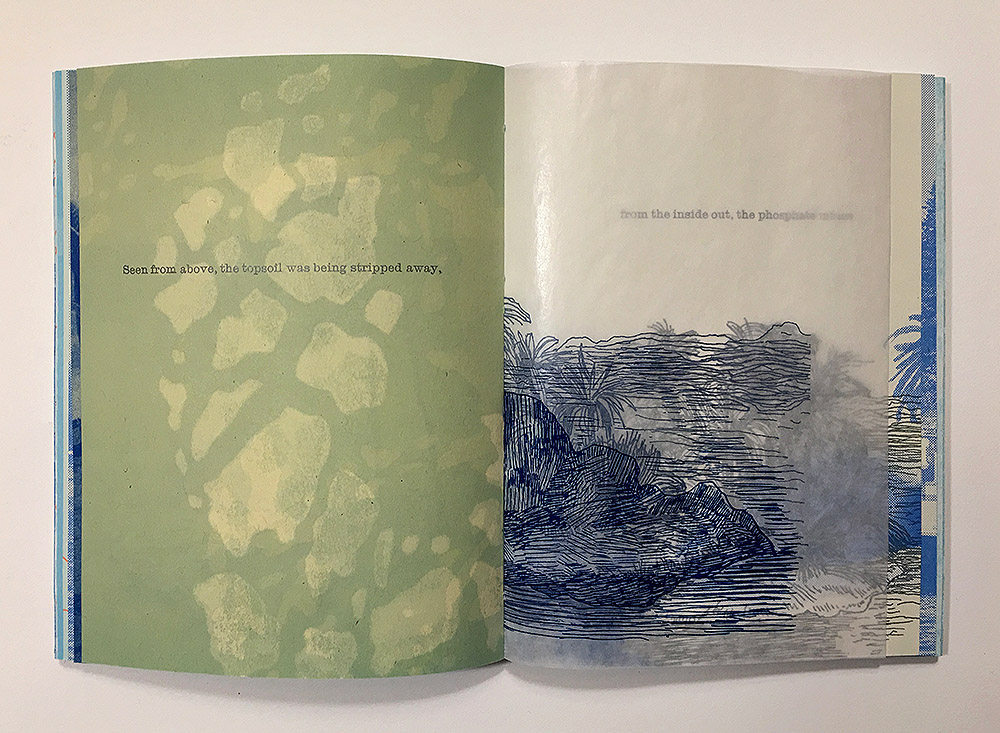
The sentimental aspect of nostalgia shows up in the first part of the book, an extended speculation on the various kinds of utopian fantasies people have about islands. Islands are where we go to transform ourselves, where we are free from the troubles of our everyday lives, where the idealized fantasy out there lives. I structured the book as a progression from fantasy to reality.

To be continued. There’s a great article here on solastalgia, if you’re interested.

